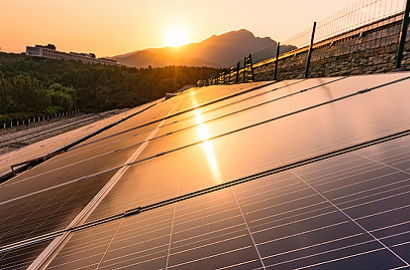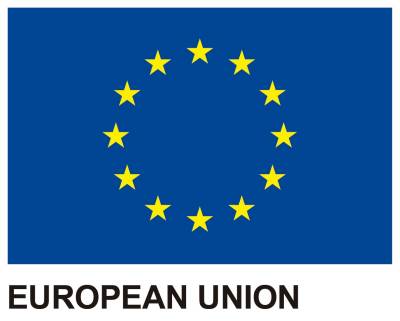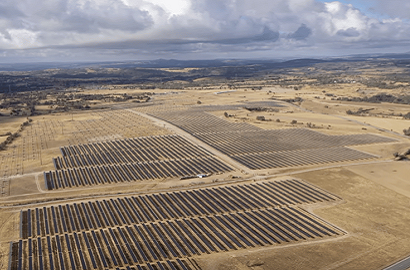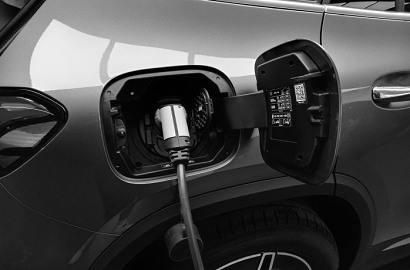Spain most profitable country in Europe for solar energy investors

The highest returns will be in the unsubsidised projects planned for 2030
Germany, Spain and Italy are the three most attractive solar markets for investors in Europe. This is the conclusion of the first European Solar Markets Attractiveness Report from Aurora Energy Research. According to their forecast, these three countries will host 58% of the continent's installed PV capacity by 2030. They will also attract 83% of the investment required to meet projected growth between 2023 and 2030.
The UK consultancy also took into account political support for such facilities and the economics of the projects. The optimal economics of solar projects is in fact the most prominent factor in Spain, where Aurora estimates that investors will earn the highest returns on unsubsidised developments to be commissioned in 2030.
Increased irradiation
Another advantage that Spain can offer investors is solar irradiation levels, which are higher than in most other European markets. This maintains the profitability of projects despite the rapid growth of installations in recent years, something which helps to reduce the prices that these assets can fetch.
Germany's first place ranking is explained by political support, in combination with its greater size. The country has set a target of 215 gigawatts of installed solar capacity by 2030, which is more than one-third of the total EU target. It has also established a framework for auctioning 75 gigawatts of commercial-scale solar capacity by then. Italy is in third place because of its limited targets and despite scoring very well in all the assessed criteria.
Doubling capacity by 2030
The report highlights that solar PV will become the largest source of power generation worldwide by 2027. By 2023, it will account for 65% of global renewable energy growth. Europe, the subject of the analysis, stands out for its ambitious decarbonisation targets, which were expanded in the wake of the energy crisis. Aurora estimates that the continent will achieve 475 gigawatts of installed solar PV by 2030. That’s more than double the 221 gigawatts currently installed.
This growth forecast represents an investment opportunity that the consultancy firm values at €148 billion. According to Aurora, Europe's attractiveness to investors will improve if support schemes for these facilities are expanded. At present, the biggest driver is government support, which is said to be behind 80% of the capacity that is already installed. Looking ahead, unsubsidised projects will become increasingly attractive, as the cost of construction will fall by over 40% between 2023 and 2050.
Finally, the report proposes improving the economics of projects by encouraging innovative business models, such as the installation of battery storage systems alongside solar plants. This can save costs and generate additional revenue.
Photo: Aurora Energy Research




